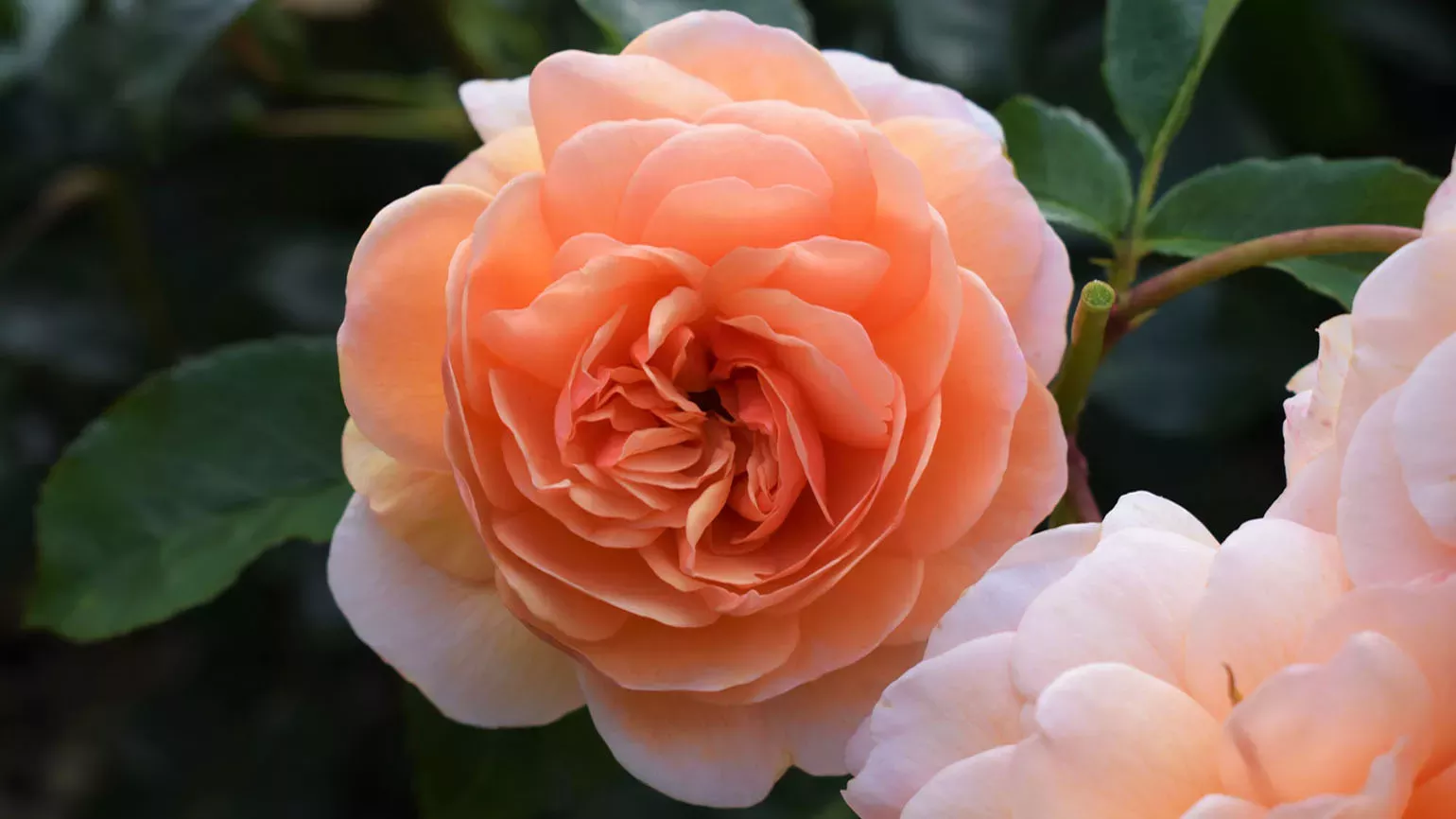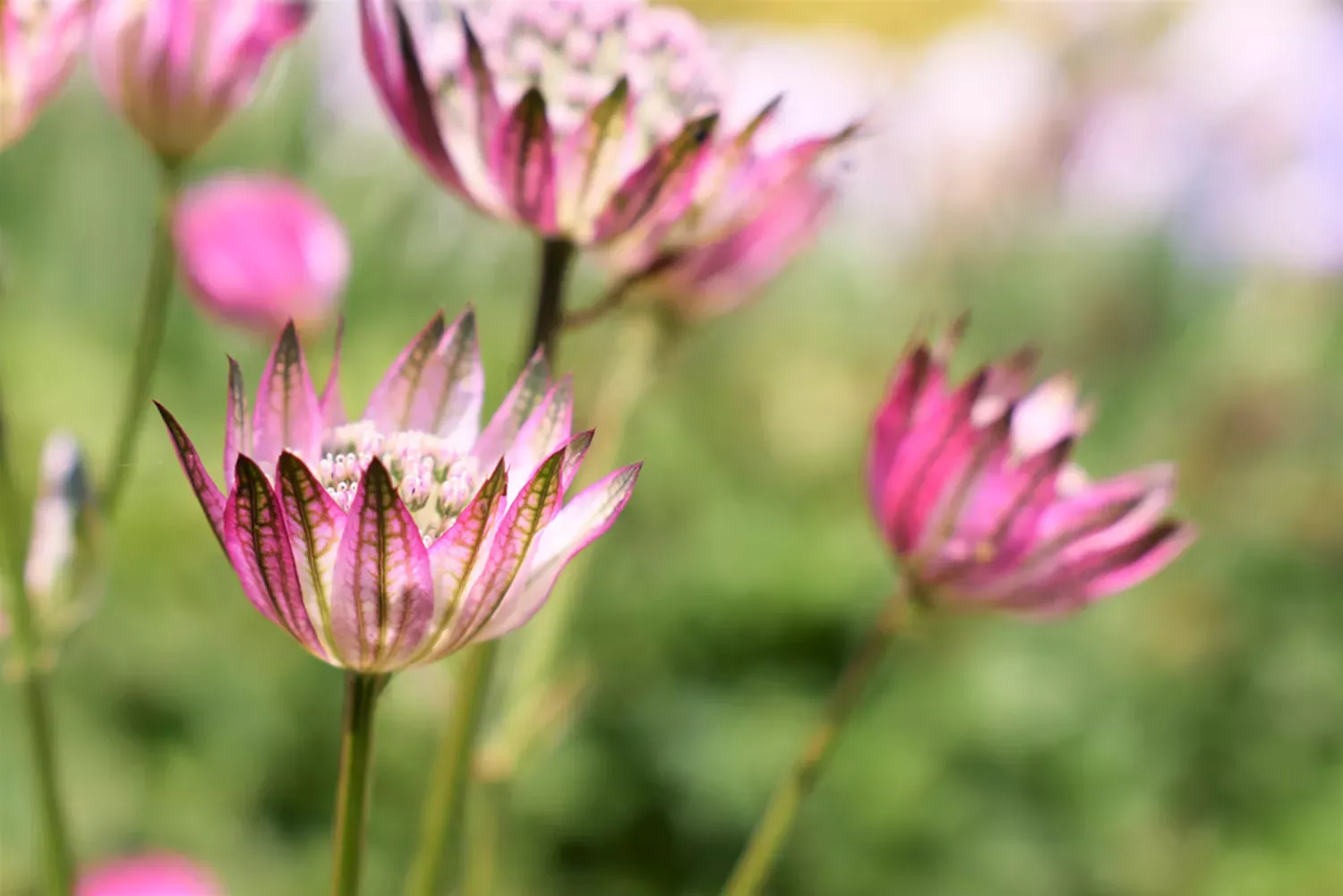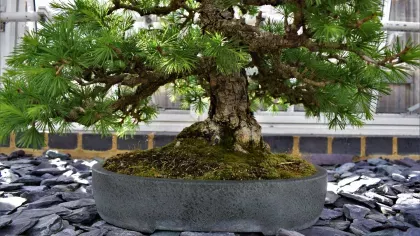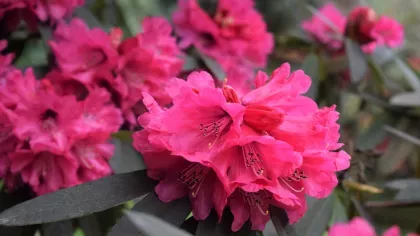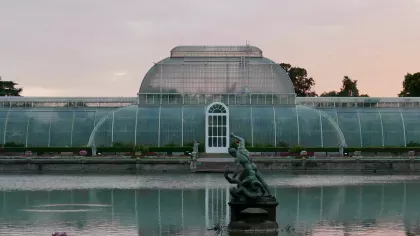6 June 2019
Secrets of Kew's Rose Garden
From the design to the way it’s been planted, there’s more to our Rose Garden than meets the eye.

Designed for visual impact
The Rose Garden was originally designed by the renowned English landscape architect William Nesfield in 1848.
It wasn’t planted with roses until the 1920s, but since then it has blossomed with 25 new rose beds being added in the last five years.
Today, the Rose Garden is designed to be a floral feast for the eye with bold plantings of mixed shrub roses.
The colours of the roses to the west of the garden are paler with the stronger colours planted near the Palm House, creating a beautiful contrast with the backdrop of this iconic glasshouse.
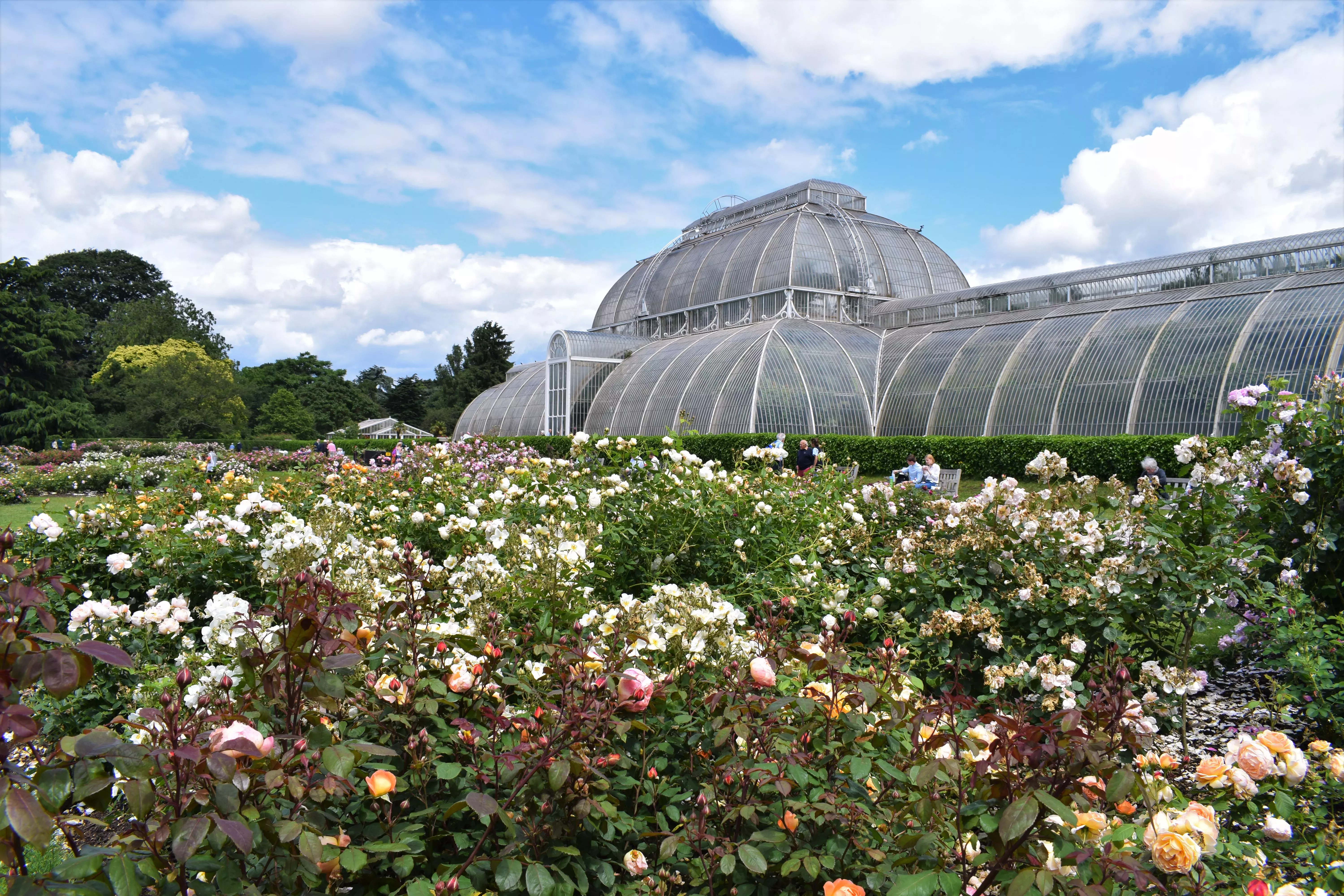
A sensory delight
The Rose Garden is currently home to 170 different species and cultivars of rose.
See if you can spot the bright scarlet Rosa ‘Trumpeter’ or smell the Rosa ‘Lady of Shalott’, which is a beautiful apricot colour with a fragrant scent.
The garden is at its best in the morning or evening, as the scent lingers along the mowed walkways between the beds.
The roses are all species that you can buy and plant at home, so you can recreate a piece of Kew in your own back garden.
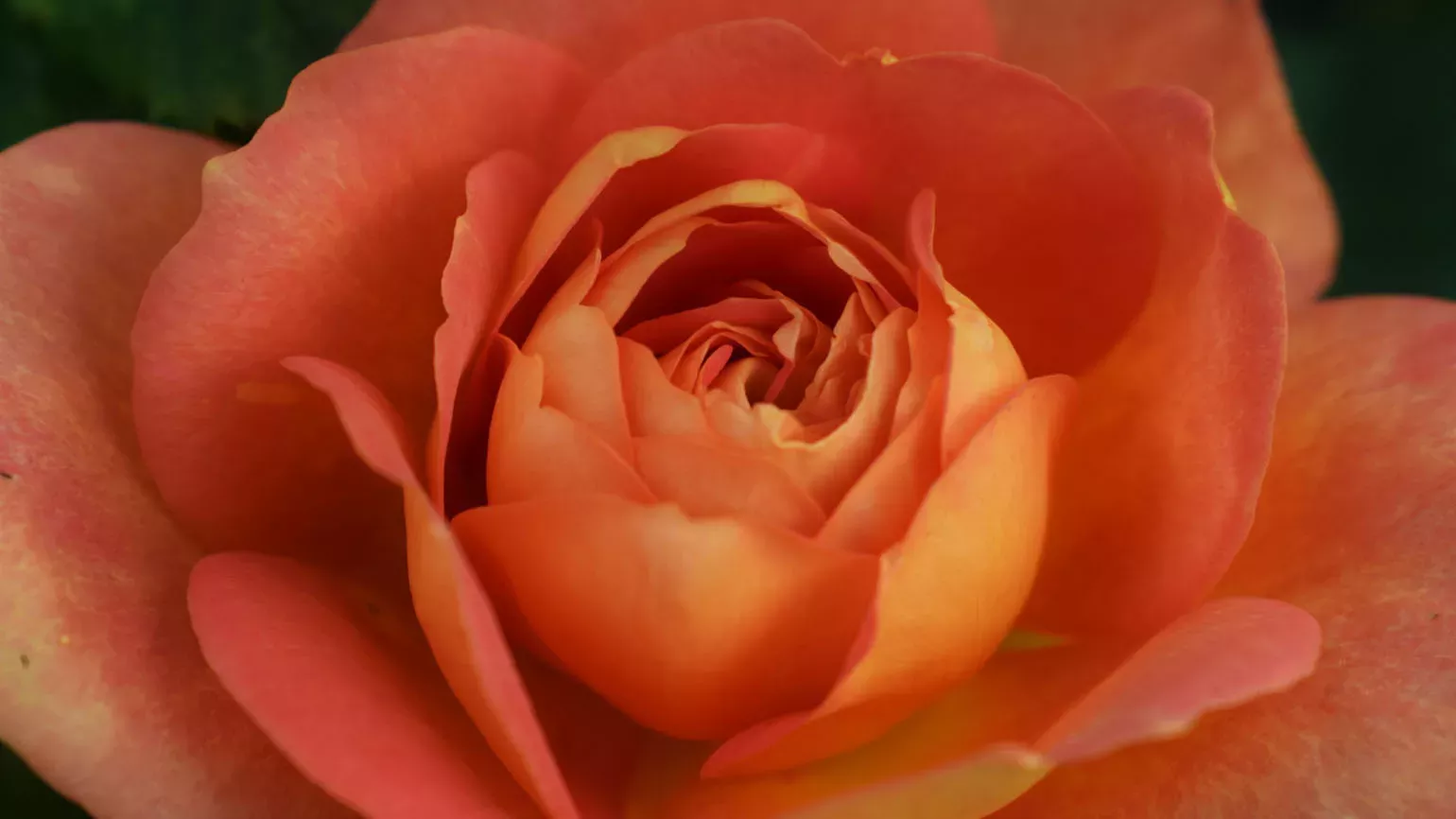
Keep your roses healthy and happy
- Roses are hungry plants that love being fed. Sprinkle fertiliser on them in spring, and then mulch with organic matter
- Dead head your roses throughout the summer to keep them flowering
- Roses are susceptible to diseases like black spot, mildew and rust, but by feeding and irrigating your roses to make them stronger and building up some resilience, they can deal with pests and diseases better.
Head to the Rose Garden between June and September to see our stunning collection for yourself.
